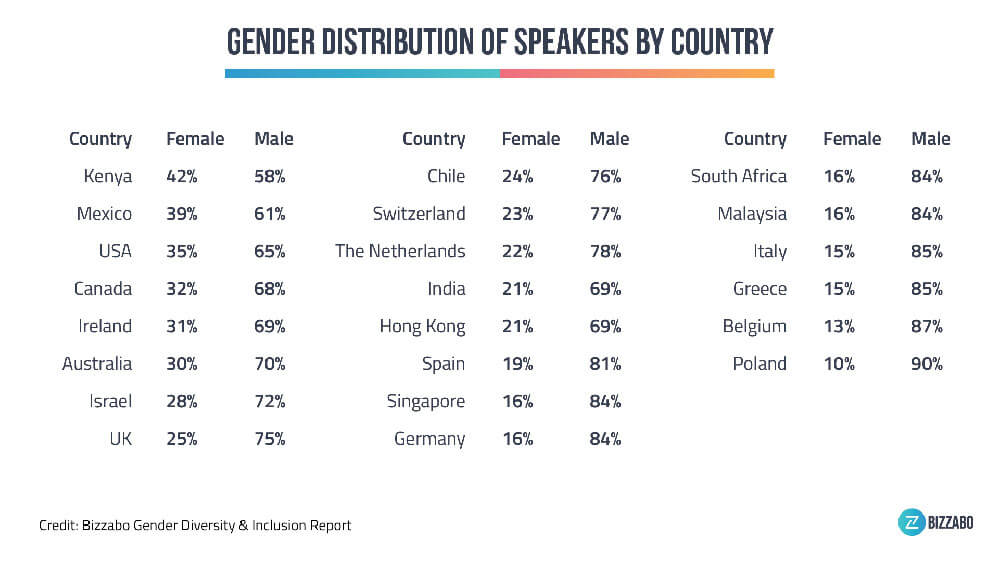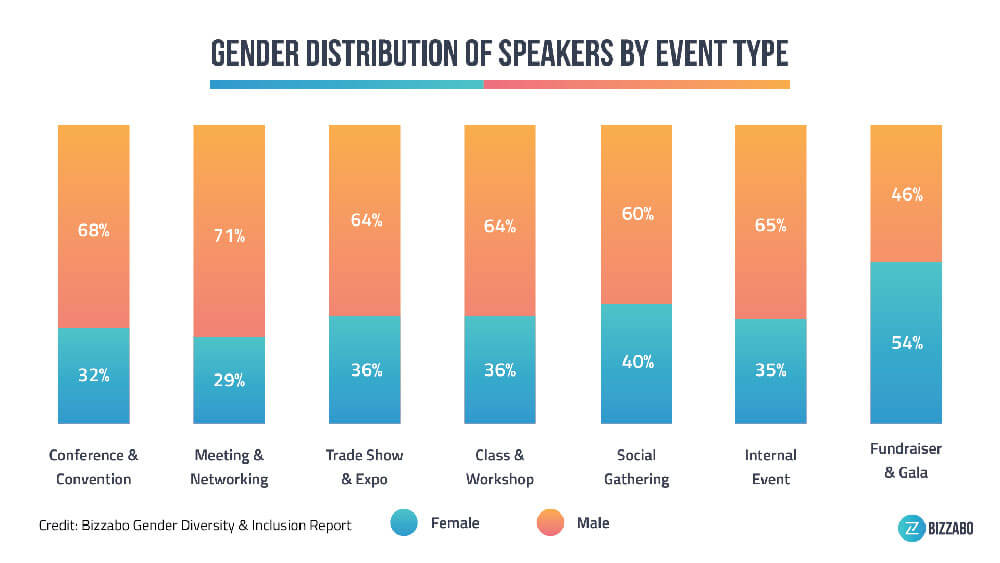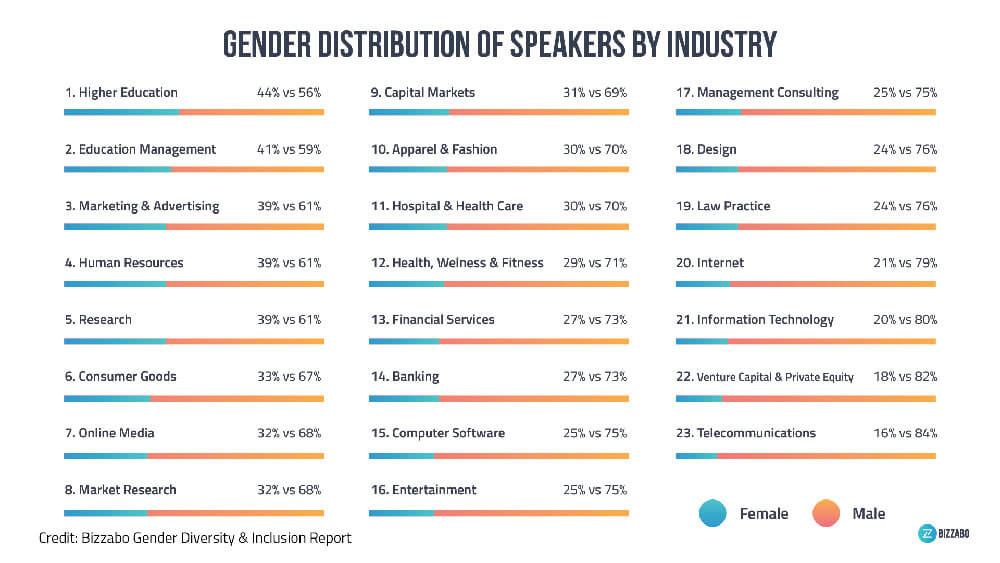Speaker diversity continues to be a hot topic in the meetings and events industry. And there’s good reason to keep the conversation going. After conducting research for the recent “Gender Diversity & Inclusion in Events” report, which reviewed 60,000-plus speakers at professional events in 23 countries between 2013 and 2018, event software company Bizzabo has shed more light on the deep divide between male and female speakers. On average, across different types of events, more than two-thirds — 69 percent — of speakers were male, while less than one-third were female.
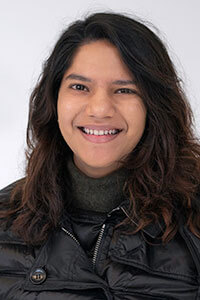
Shivina Kumar
Bizzabo’s engineering team developed high-precision, artificial intelligence facial-recognition technology to determine the genders of speakers within the company’s database. The system is correct 99 percent of the time, said Shivina Kumar, brand and communications manager for Bizzabo, which has offices in New York City and Tel Aviv, Israel. The speakers and specific events they spoke at remain anonymous.
“We were able to see, based on the profiles we had on our dashboard, what gender [the speakers] were and figure out that there was a pretty big discrepancy in terms of the split,” Kumar said. “We thought that would be something interesting to share with the community.”
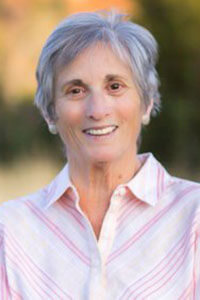
Gina Glantz
When analyzing gender balance across speakers by type of gathering, conferences and conventions were among the least diverse — 68 percent male versus 32 percent female — while fundraisers and galas featured the most women speakers, 54 percent. Gina Glantz, founder of GenderAvenger, an initiative focused on ensuring women’s voices are part of public dialogue, finds this troubling, but it comes as no surprise.
“Undoubtedly,” she said, women being featured more prominently at fundraisers than at conferences “is the result of women being relegated to the ‘women’s room’ as party planners in the ‘house’ of conferences. Women need to break out of this silo with the support of the men who are most likely in charge of deciding who fits in where.”
The study revealed that technology-based events are among the worst offenders when it comes to gender balance — internet-related events featured speakers who were 79-percent male; computer software event speakers were 75-percent male; and information technology services speakers were 80-percent male. Higher education events had the most balanced male to female ratio of speakers — 44 percent female and 56 percent male. And while events in all 23 countries studied featured predominantly male speakers, Kenya, Mexico, and the United States had the best representation of female speakers — 42 percent, 39 percent, and 35 percent, respectively.
When analyzing the five-year period, Bizzabo found that gender diversity in event speakers has only improved slightly. In 2016, only 30 percent of all event speakers were female. That number rose to 33 percent in 2017, but dropped to 32 percent in 2018. Though these numbers don’t inspire much hope, Glantz said she is seeing slow but notable progress when it comes to the diversity of speakers, in part because of studies like Bizzabo’s that highlight inequality.
“After years of an all-male keynote stage and poor gender balance, CES (the International Consumer Electronics Show), the largest trade show in America, seems to have finally gotten the message and is promising a more equitable lineup of keynoters and speakers,” Glantz said. “We believe this is the result of constant, public pressure from leaders in global business, who want the showpiece conference of their industry to reflect their consumers — and the future. Conventions are a multibillion-dollar industry built primarily on patriarchal hierarchies, as is the technology industry. Change will take time, including assertion of values by a new generation of leadership.”
Another Take
While GenderAvenger’s Gina Glantz appreciated the sophisticated artificial intelligence Bizzabo used to conduct the “Gender Diversity & Inclusion in Events” research, the fact that it did not reference the types of speakers who were included — main stage speakers, panelists, etc. — means that a crucial aspect of gender inequality at events is missing from the equation. “Overall counts often do not reflect the power dynamic of the conference,” Glantz said, “because keynote speakers really convey power.”
Ascent is supported by Visit Seattle and the PCMA Foundation.
